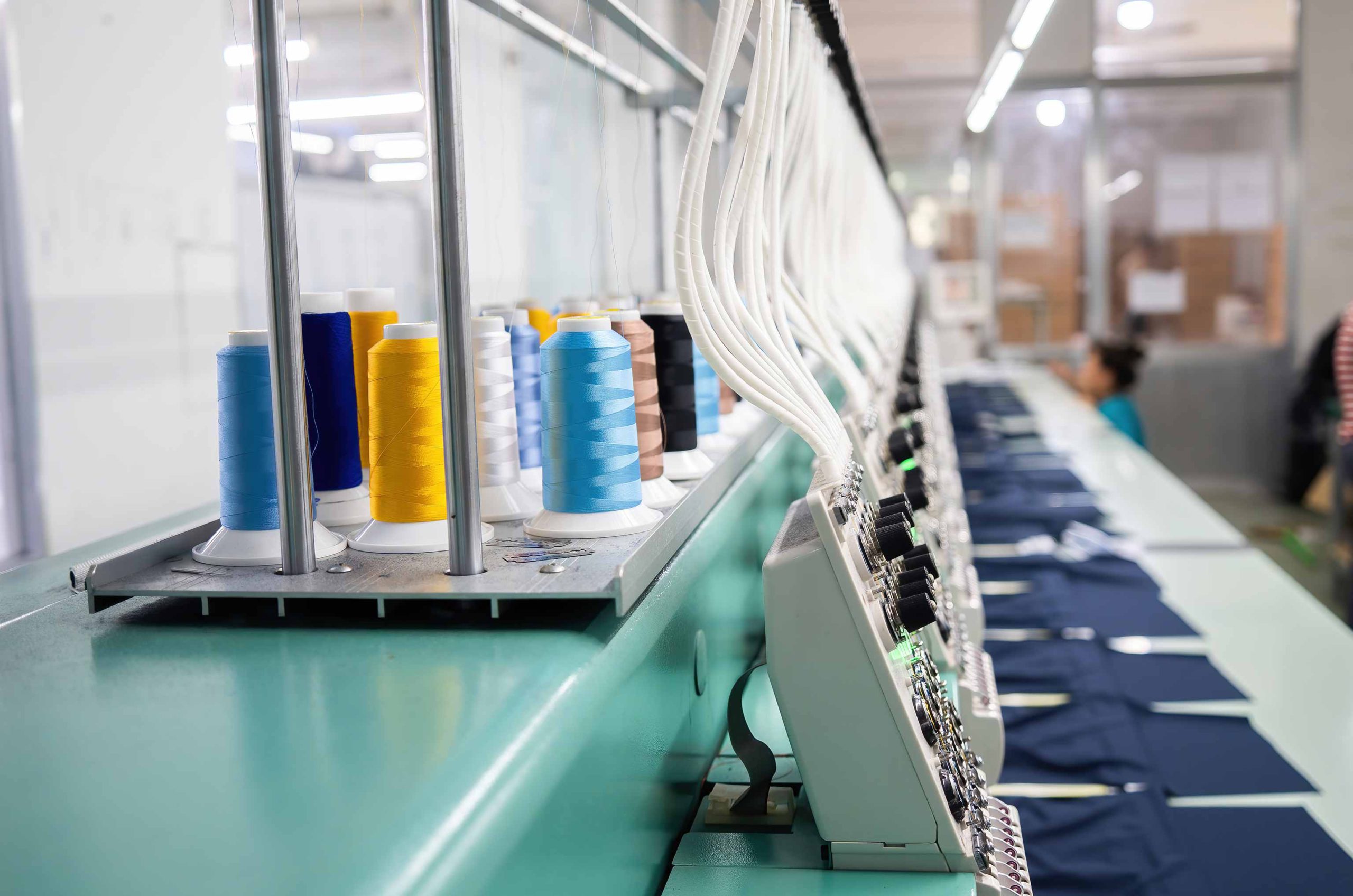Data, MIS & Analytics: How garment manufacturers use WFX Insight tools to grow faster
-
Introduction
When you think of the garment industry, you probably don’t immediately think of high tech, big data, and analytics. However, nearly all successful businesses in the fashion industry today rely on data tools to streamline their operations and grow much faster than they would without them.
In an industry where change is the only constant, using data-driven insight and analytics to make strategic decisions has become essential to success. Once a simple model of manufacturing and selling clothes, the apparel supply chain is now a highly complex and globalized ecosystem with multiple stakeholders and increased competition from emerging markets.
Apart from the right product, quality and technique, there are many other aspects that need to be considered to ensure that your products meet customer expectations when they hit the market. This includes accurate demand forecasting, constant quality control, ensuring compliance across all business levels as well as steady collaboration with various vendors or suppliers.
To survive in this environment, fashion companies need to adopt technologies that allow them to grow faster while controlling costs. This blog will cover some key areas where MIS (Management Information Systems) and data-driven business insights and analytics play a key role in the fashion industry.
-
Why is big data analytics important to the fashion industry?
Data analytics is the process of deriving meaning from data. It is a set of techniques and tools that help organizations make sound business decisions based on the analysis of large datasets. The apparel industry is one of the most competitive and fast-paced industries. It requires quick decision making, careful planning and monitoring of production levels to stay ahead of competitors.
Data analytics is important to the apparel industry because of the number of decisions that need to be made, and the amount of data generated in the process. Data-driven business intelligence can help fashion businesses make better decisions and improve productivity, efficiency and profitability. They can help companies understand what is happening in the business and how they can improve it.
In particular, the apparel industry faces challenges in stock visibility, capacity planning and scheduling, wastage management and lead time reduction. Data analytics can help solve these problems efficiently by providing timely reports and analysis so that decisions are taken based on facts rather than guesses.
Understanding and using data can also help manufacturers reduce their lead times, which is the biggest requirement of fashion brands. With shorter lead times, they will be able to respond faster to changing market trends as well as reduce inventory levels leading to huge cost savings over time.
-
Making the right use of data analytics and MIS through WFX ERP
As buyers become more demanding, manufacturers need to improve productivity, efficiency and profitability. To do this, they are turning to the right data analytics and MIS solution that can help them make better decisions.
WFX ERP is a cloud-based solution that can help you do this by delivering:
- A single source of truth for all information – so you know exactly how your factory runs at any given point in time with a big picture view that allows you to make better decisions.
- Customizable visual dashboards – so every user can easily track what’s important to their job functions
- Real-time visibility into production performance – so you have control over all aspects of your operation from anywhere in the world, enabling you to make decisions on the fly without delays.
- Accurate inventory levels at all times – so you never run out of stock or waste money due to unnecessary safety stock levels.
- Automated and intelligent reports – so you can measure key performance indices of your company and identify areas of improvement.
- Notifications for critical milestones – so managers can customize notifications and alerts based on business needs and KPI thresholds.
- Customer/supplier liability reports – so you can auto assess a customer or supplier’s liability based on predefined parameters such as order cancellations, rejections, changes in material consumption during production and so on.
- WFX Insights mobile app – so that you don’t have to manually request information and wait for someone to generate the business reports.
WFX is a cloud-based solution that can be easily integrated with your existing systems. It helps you reduce the time to market, improve quality and increase productivity. It is an innovative solution that brings in the much-needed visibility into your supply chain operations, thereby helping you make better business decisions.
For instance, Tran Thi Ha, Brand Director, Pro Sports says, “WFX has given us the ability to make more calculated and informed decisions through their Visual Analytics dashboard, Time & Action calendars, and reporting channels. The dashboards give us immediate and real-time access to all of our data and allow us to better our business strategy. We can use these tools to monitor inventory levels and create a more effective strategy for managing them. This allows us to reduce waste by being more efficient in how we use our resources”.
To learn more about how WFX ERP for fashion manufacturers works, click on this link!
-
Apparel manufacturing challenges that can be solved with Data Analytics
Data analytics can help you solve key challenges in apparel manufacturing, such as:
- Managing inventory. With better forecasting and demand analysis, you’ll be able to plan production more accurately and reduce your overall inventory costs.
- Planning production. Data analytics can help you predict lead times and capacity requirements so that there’s no risk of overproduction or underproduction of goods.
- Managing costs. Properly managing forecasts will also allow you to make the right decisions about when it’s best to buy raw materials versus manufacture them yourself, thus optimizing your cash flow management capabilities.
- Improving worker productivity. Greater visibility enables you to make better decisions about when and how to best use your resources. Data analytics can help you do this by allowing for more accurate forecasting of workloads and capacity requirements so that there’s no risk of overproduction or underproduction of goods.
- Improving customer service quality and product quality by detecting any issues before they become problems (for example, catching defects before they reach customers). This allows for shorter lead times for post-sale services like repair work or replacement orders, which means faster turnaround times than ever before!
- Reducing wastage. By using data analytics to make better decisions about when and how to best use your resources, you can also reduce wastage. This means saving money on raw materials and energy consumption. It can also mean reducing harmful waste produced during manufacturing processes.
The benefits of data analytics in apparel manufacturing are huge and can make a difference in your bottom line. If you’re looking for a way to reduce costs and increase profitability, then it’s time to start leveraging the power of data analytics!
-
Conclusion
Although most companies collect tons of process data, they only use it for tracking purposes. They are missing out on valuable opportunities to improve operations. The challenge for them is to identify ways to make better use of this data, such as centralizing or indexing it so it is easier to analyze and draw insights from this information.
To get the most out of existing data, companies must invest in systems and skill sets that will allow them to analyze their information more easily. If your company is looking to improve operations, consider investing in a solution that integrates data from all systems and helps you make better use of it at the same time. You might be surprised at how much insight this can provide and how quickly it will pay off.
To succeed in the apparel industry today, you need to be able to make decisions based on data – and that’s exactly what WFX can help you do. Sign up for a free demo to learn more about how you can use data to grow faster with WFX!










